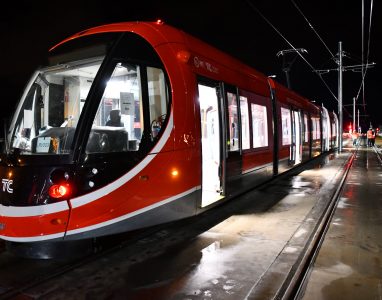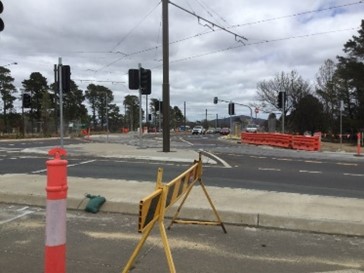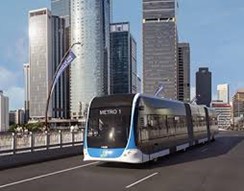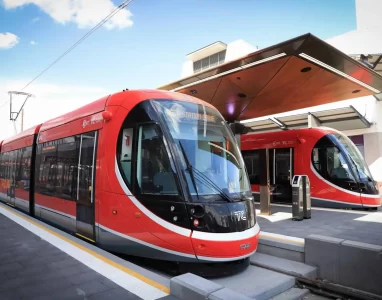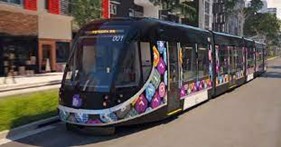Canberra Light Rail Follies – Letters to Editor
In the boxes below are selected letters to the Editor published (and unpublished) in the Canberra Times and Canberra City News about the continuing folly that is Canberra’s light rail. It is heartening to still see such letters from interested Canberrans and that they be published for which Canberra Times and Canberra City News should be congratulated.
While the Greens/Labor Government has a tin ear when it comes to the waste of taxpayers’ money on light rail, that is no reason not to keep up the fight against this wasteful project that is 100% ideological and 0% logical). And let us never forget that the Labor Party brought this on itself by selling its soul to the Greens to hold on to power after the 2012 election




